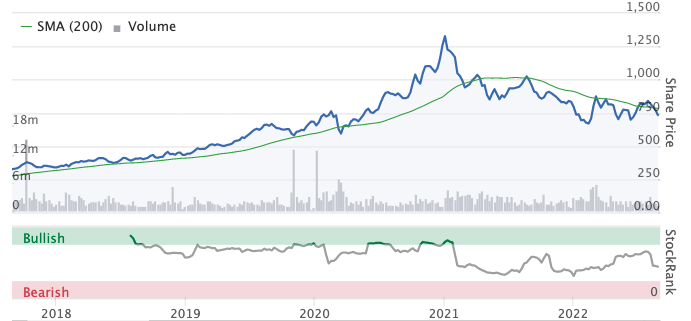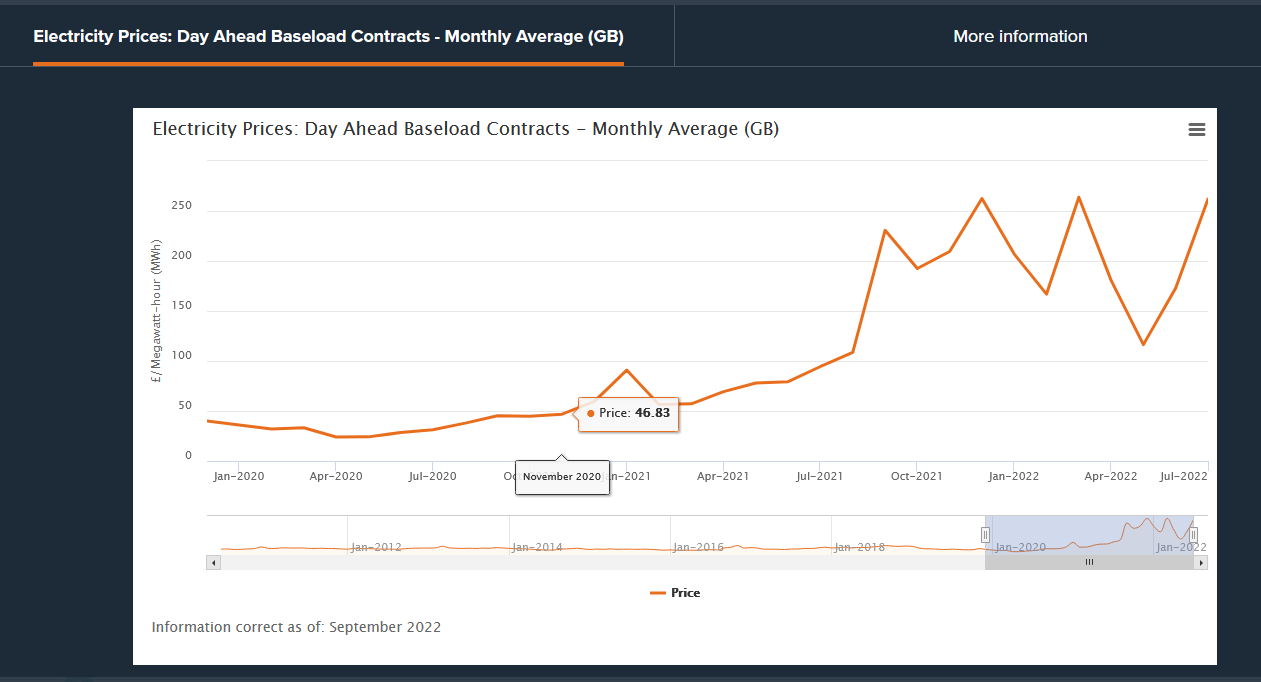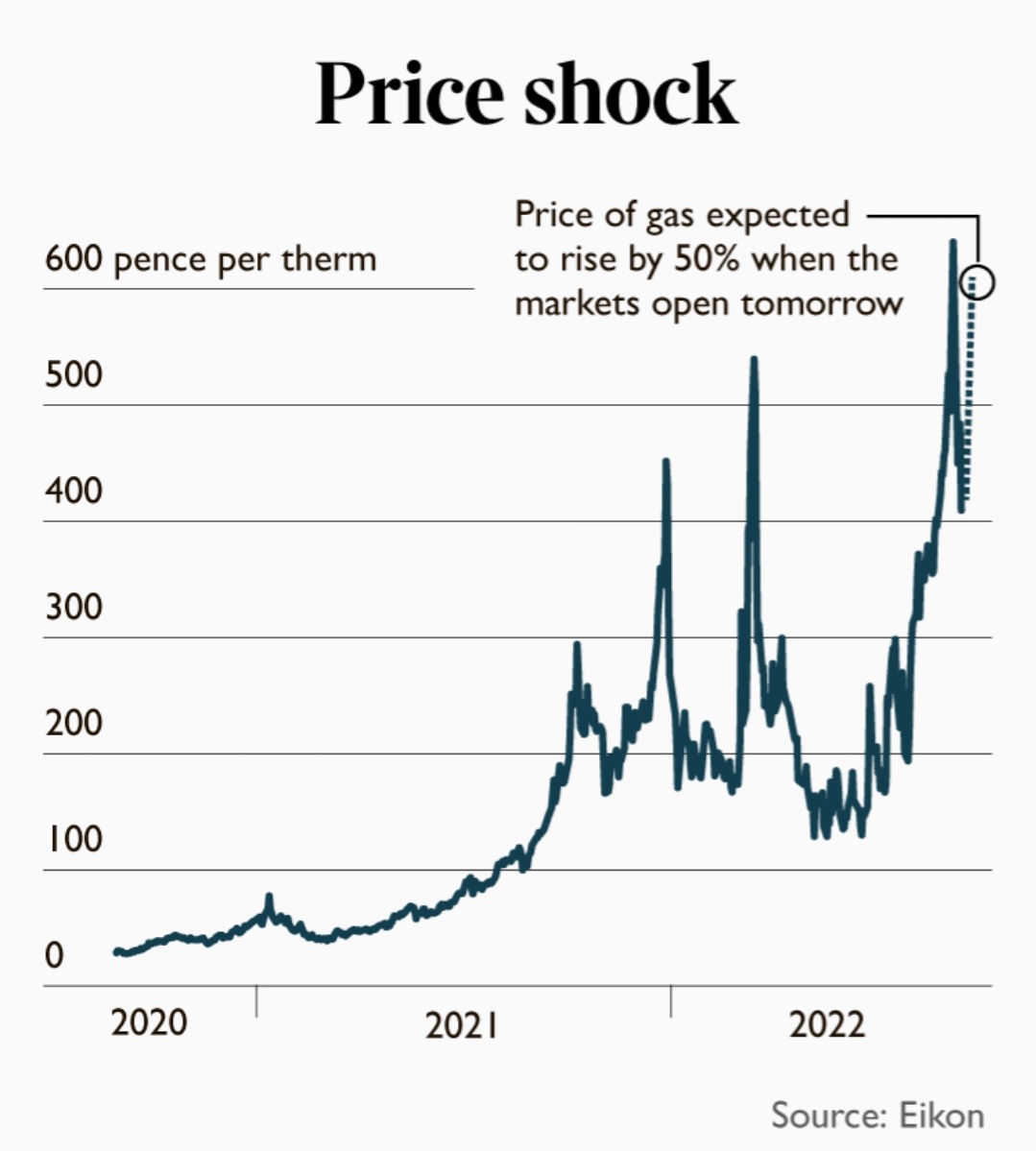Once again, I would like to thank the community for providing such an interesting discussion about the renewables sector in the comments section of my article last week. Your insight has sparked several ideas for future articles (for example, the use of tidal energy or the opportunity for small nuclear reactors and hydrogen), which I will seek to explore in the coming weeks. But first, I promised a deeper dive into some of the big players in the business of alternative energy.
Starting with what has long been the pick of the bunch - Orsted. Founded in 1972 to manage Denmark’s North Sea oil and gas reserves, Orsted became the world’s first carbon company to go green after the commercial success of its first wind farm, which began providing power in 2013. The company is now the largest owner and operator of offshore wind farms (outside of China) and generates over 90% of its revenue from renewables.
But its ambitions are far greater. By 2030 Orsted aims to have 30 GW of installed offshore wind capacity, just shy of the average annual energy requirements of the whole of the UK. In addition to its offshore wind farms, the company also plans to expand its onshore wind business in the US, its thermal power division and expand into green hydrogen. There is a long way to go to achieve these targets. As of June 2022, the company had 7.6 GW of installed capacity, 4.8 GW of which was operational.
This proposed expansion has spooked investors a little. When chief executive Mads Nipper announced that he anticipated DKK450bn (£52bn) of expenditure on green initiatives between 2020 and 2027, the share price dropped 6% and has continued to tick steadily downwards.

It is a little ironic that the investors who have ploughed into Orsted for its green credentials are retreating now that the company is planning on doubling down on its investment to take advantage of the opportunity in the renewables space. But it’s right to treat that level of spending with a degree of caution, especially considering the DKK58bn of bank and bond borrowings on Orsted’s balance sheet as of 30 June 2022. Management plans to continue to pay for its green projects with existing bank debt, which costs around 100 basis points in financing charges.
Still, Orsted remains a quality operator. Revenues and net profit…








